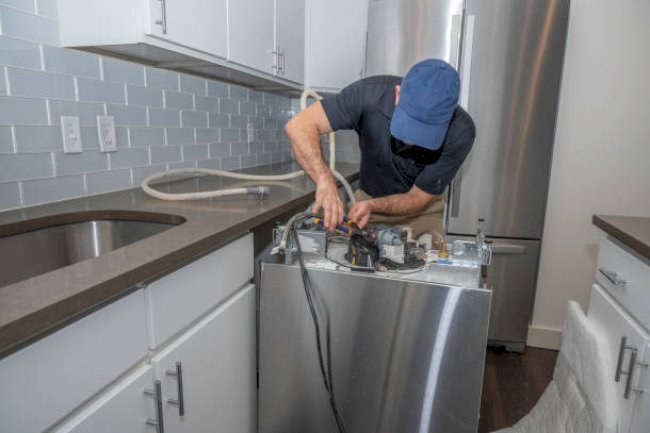Mastering Compliance: The Importance of Accurate Batch Manufacturing Records

In the world of pharmaceutical and life sciences manufacturing, few documents carry as much weight as the batch manufacturing record (BMR). It’s not just a formality—it’s the foundation of compliance, product quality, and traceability. Yet, many growing teams underestimate its complexity until an audit reveals the cracks.
Let’s dive into what makes batch manufacturing records so critical, how to ensure they’re accurate, and why your team’s approach can make or break your operation.
What Is a Batch Manufacturing Record?
A batch manufacturing record is a detailed, step-by-step document that captures the entire production process for a specific batch of product. It includes everything from raw material information and equipment used to quality checks and final yields. Think of it as the official story of how your product was made, start to finish.
But it’s more than a checklist—it's a legal record. Regulatory bodies like the FDA, EMA, and other authorities require BMRs to be complete, error-free, and readily accessible for review.
Why Accuracy Matters More Than You Think
Imagine this: Your team completes production and ships the batch. Two weeks later, a customer reports a potential issue. If your BMR isn’t airtight, how do you trace the root cause—or prove the product was made correctly in the first place?
That’s the risk. But the upside is just as strong:
-
Regulatory compliance: Inaccurate records are among the top reasons for FDA warning letters and 483s.
-
Customer trust: Transparent documentation builds confidence, especially in regulated industries.
-
Team accountability: Clear records help trace performance issues and training needs.
In short, a well-maintained BMR protects your product, your team, and your brand.
Common Mistakes to Avoid in BMRs
Even seasoned teams fall into bad habits when it comes to batch documentation. Here are a few to watch for:
-
Handwritten errors: Illegible or inconsistent entries are a common audit flag.
-
Missed steps: Skipping a documented step—even if it was completed—can invalidate a batch.
-
Poor version control: Using outdated forms or procedures leads to confusion and risk.
-
Delayed entries: Writing information after the fact opens the door for mistakes or gaps.
To avoid these pitfalls, ensure your team understands not just what to record but why it matters.
How GMP Pros Helps You Build Better Records
At GMP Pros, we specialize in helping companies move from reactive compliance to proactive quality systems. We work with remote and on-site teams to build customized batch manufacturing record templates that align with both your workflow and regulatory standards.
Our approach is grounded in real-world experience:
-
We help identify gaps in your current documentation.
-
We provide training that sticks—not just check-the-box modules.
-
We streamline your BMR structure for both usability and audit-readiness.
Most importantly, we listen. We understand that no two manufacturing processes are identical, so we work closely with your team to design solutions that fit.
Learn more about how we can support your team here: GMP Pros
Real-World Tip: Don’t Wait for an Audit
One of the most common regrets we hear from quality teams is that they didn’t invest in BMR improvements until an audit forced the issue. But by then, it’s often a scramble.
Here’s what we recommend instead:
| Step | Action |
|---|---|
| 1 | Audit your current BMRs internally—look for missed entries or unclear instructions |
| 2 | Get feedback from operators—they’re your frontline users |
| 3 | Digitize where possible—digital BMRs reduce human error and speed up reviews |
| 4 | Create a review cadence—don’t let issues pile up over months |
Even small changes—like clearer instructions or dropdown fields—can reduce documentation errors significantly.
Building a Culture of Compliance
Batch manufacturing records are a reflection of your culture. If documentation is rushed, incomplete, or treated as an afterthought, it often signals deeper issues with process discipline or team engagement.
Here are a few ways to strengthen your compliance culture:
-
Train with context: Help your team understand why compliance matters, not just what to do.
-
Celebrate consistency: Recognize team members who consistently follow procedures.
-
Keep it simple: Don’t over-engineer your BMRs. The more complicated they are, the more room for error.
When documentation becomes second nature—not a chore—quality improves across the board.
Final Thoughts: Small Details, Big Impact
For remote team leaders and project managers, especially in fast-paced environments, the batch manufacturing record might seem like a minor detail. But it’s one of the most important systems you can put in place to protect your product and your people.
It’s not just about checking a box. It’s about building a reliable foundation for growth, trust, and accountability.
And with a partner like GMP Pros, you don’t have to figure it out alone.
What's Your Reaction?














